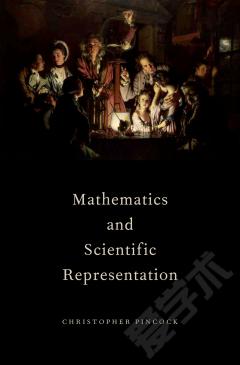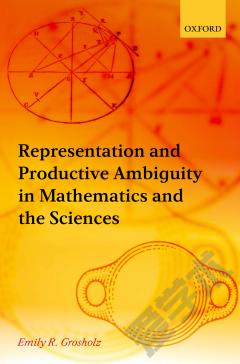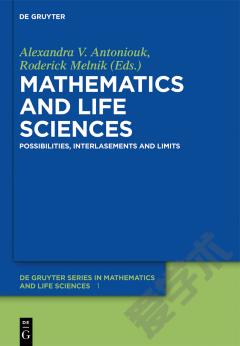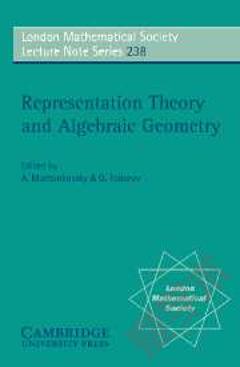Mathematics and Scientific Representation
1 Introduction 1.1 A Problem 1.2 Classifying Contributions 1.3 An Epistemic Solution 1.4 Explanatory Contributions 1.5 Other Approaches 1.6 Interpretative Flexibility 1.7 Key Claims I Epistemic Contributions 2 Content and Confirmation 2.1 Concepts 2.2 Basic Contents 2.3 Enriched Contents 2.4 Schematic and Genuine Contents 2.5 Inference 2.6 Core Conceptions 2.7 Intrinsic and Extrinsic 2.8 Confirmation Theory 2.9 Prior Probabilities 3 Causes 3.1 Accounts of Causation 3.2 A Causal Representation 3.3 Some Acausal Representations 3.4 The Value of Acausal Representations 3.5 Batterman and Wilson 4 Varying Interpretations 4.1 Abstraction as Variation 4.2 Irrotational Fluids and Electrostatics 4.3 Shock Waves 4.4 The Value of Varying Interpretations 4.5 Varying Interpretations and Discovery 4.6 The Toolkit of Applied Mathematics 5 Scale Matters 5.1 Scale and ScientificRepresentation 5.2 Scale Separation 5.3 Scale Similarity 5.4 Scale and Idealization 5.5 Perturbation Theory 5.6 Multiple Scales 5.7 Interpreting Multiscale Representations 5.8 Summary 6 Constitutive Frameworks 6.1 A Different Kind of Contribution 6.2 Carnap's Linguistic Frameworks 6.3 Kuhn's Paradigms 6.4 Friedman on the Relative A Priori 6.5 The Need for Constitutive Representations 6.6 The Need for the Absolute A Priori 7 Failures 7.1 Mathematics and Scientific Failure 7.2 Completeness and Segmentation Illusions 7.3 The Parameter Illusion 7.4 Illusions of Scale 7.5 Illusions of Traction 7.6 Causal Illusions 7.7 Finding the Scope of a Representation II Other Contributions 8 Discovery 8.1 Semantic and Metaphysical Problems 8.2 A Descriptive Problem 8.3 Description and Discovery 8.4 Defending Naturalism 8.5 Natural Kinds 9 Indispensability 9.1 Descriptive Contributions and Pure Mathematics 9.2 Quine and Putnam 9.3 Against the Platonist Conclusion 9.4 Colyvan 10 Explanation 10.1 Explanatory Contributions 10.2 Inference to the Best Mathematical Explanation 10.3 Belief and Understanding 11 The Rainbow 11.1 Asymptotic Explanation 11.2 Angle and Color 11.3 Explanatory Power 11.4 Supernumerary Bows 11.5 Interpretation and Scope 11.6 Batterman and Belot 11.7 Looking Ahead 12 Fictionalism 413 12.1 Motivations 12.2 Literary Fiction 12.3 Mathematics 12.4 Models 12.5 Understanding and Truth 13 Facades 13.1 Physical and Mathematical Concepts 13.2 Against Semantic Finality 13.3 Developing and Connecting Patches 13.4 A New Approach to Content 13.5 Azzouni and Rayo 14 Conclusion: Pure Mathematics 14.1 Taking Stock 14.2 Metaphysics . 14.3 Structuralism 14.4 Epistemology 14.5 Peacocke and Jenkins 14.6 Historical Extensions 14.7 Non-conceptual Justification 14.8 Past and Future Appendices A Method of Characteristics B Black-Scholes Model C Speed of Sound D Two Proofs of Euler's Formula
{{comment.content}}








 京公网安备 11010802027623号
京公网安备 11010802027623号